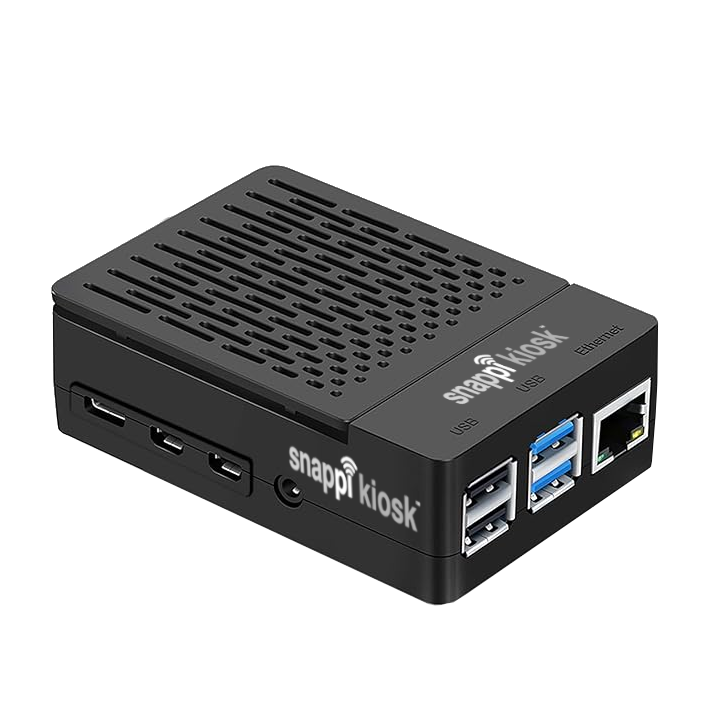Instruction Details
- Temperature:
- 400°F / 204.44°C
- Time:
- 45 seconds
- Pressure:
- Light
- Prepress:
- 20 seconds
- Substrate:
- TOTE008 (Part numbers may vary by distributor)
Additional Items Needed
- Adhesive Spray
- Lint Roller
Heat Press Method Instructions
1. Cover the press with a protective sheet of paper.
2. Place the item, imaging side face up, on the protective paper and lint roll the entire area that will come into contact by the press.
3. Insert protective paper between the layers of the tote to prevent the image bleeding through to the other side.
4. Sticky lint roll the substrate and pre-heat.
5) Sticky lint roll the substrate while warm and then remove from the press and allow cooling.
6. Lightly mist transfer with DyeTrans Adhesive Spray. If you press the product to the edges (full bleed), it may lose its shape; try using even less pressure or less heat to correct. Blue dots may appear if lint rolling is not thorough
7. Place the transfer on the fabric, smooth wrinkles.
8. Cover with protective paper and press.
Small blue or red flecks may appear after pressing. To prevent this apply a sticky lint roller prior to and after pre-heating.
Tote bag handles will melt when in contact with the heat press.
When pressing a small transfer onto fabric you might try placing a Mousepad beneath the surface of the area accepting the transfer – for example if a logo is to be pressed on the pocket of a shirt, place the pad between the two layers of the shirt underneath the pocket area. Cover the mouse pad with protective paper. Too much pressure and time may “imprint” the shape of the mouse pad onto the fabric.
Should you see scorching after transfer, spray a 50%/50% mixture of peroxide/distilled water or Oxyclean solution onto the substrate while it is hot. If it has already cooled, then simply reheat and spray. Rinse and dry with a hair dryer.
All garments will pill if allowed to dry completely in a dryer. To prevent this, it is recommended that you line dry 100% polyester. Should you wish to remove pilling, you can use a retail pill shaver, available where fabrics are sold, or a commercial shaver available at most professional laundry and dry cleaning shops.
Do not use chlorine bleach on any of these fabrics.
Accessories:
In order to assure the tote’s imaging area is as flat as possible, it is recommended you insert either a Teflon pillow or .5” Nomex pad inside the tote prior to pressing. Just match the desired imaging area to our stock sizes of pillows or Nomex. In instances where stock sizes do not meet your needs, you can order Nomex custom cut by the linear inch.
Application note:
Portions of the image to be transferred may blow through to the backside of the face of the tote. To prevent dye migration onto the Teflon pillow or Nomex pad you should insert a sheet of protective paper on top of these accessories. After pressing, take a look at the protective sheet to see if there are dyes on it. If so, discard the protective sheet and insert a fresh sheet in its place prior to your next pressing.



